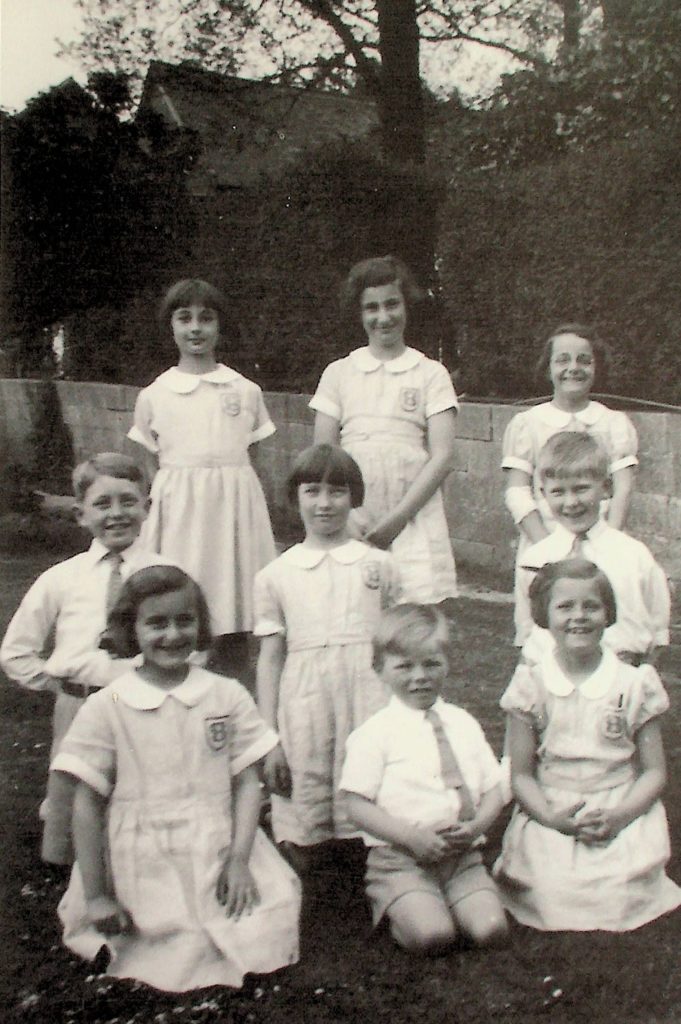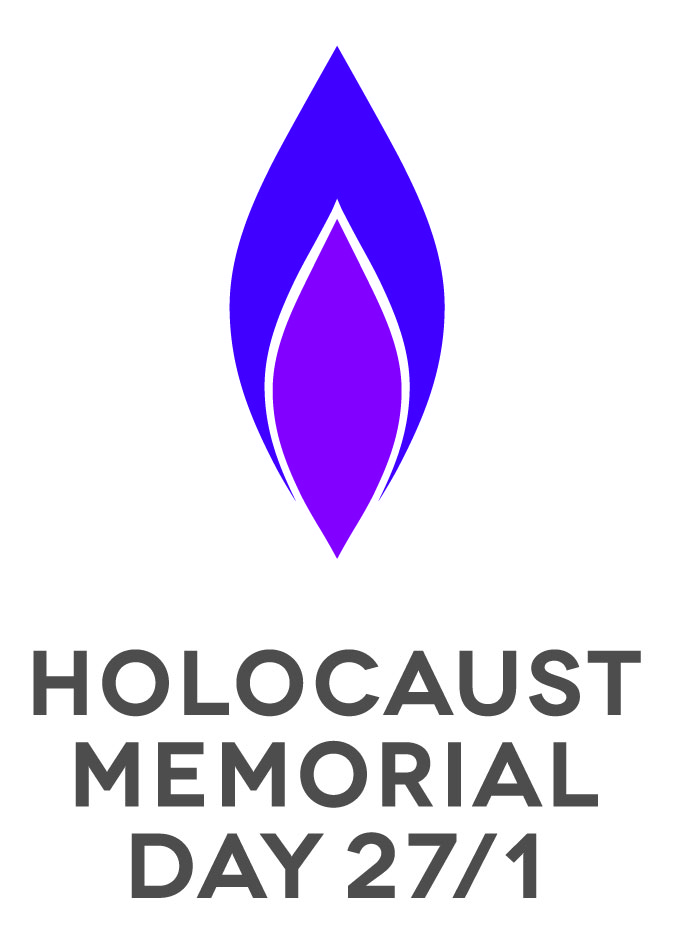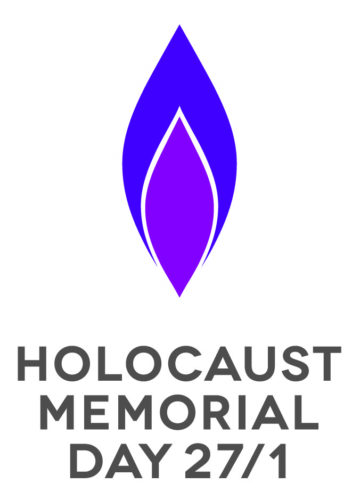 Found in the Bexhill Museum archives, a picture of two little girls pictured among schoolfriends in 1939. The two, Eva Fischer and Irene Katzenstein, only briefly attended Hythe House school in Bexhill. But their story, and how the town turned out to support refugees like them, is well worth telling for Holocaust Memorial Day, January 27 – and today, when refugees are back in the news.
Found in the Bexhill Museum archives, a picture of two little girls pictured among schoolfriends in 1939. The two, Eva Fischer and Irene Katzenstein, only briefly attended Hythe House school in Bexhill. But their story, and how the town turned out to support refugees like them, is well worth telling for Holocaust Memorial Day, January 27 – and today, when refugees are back in the news.
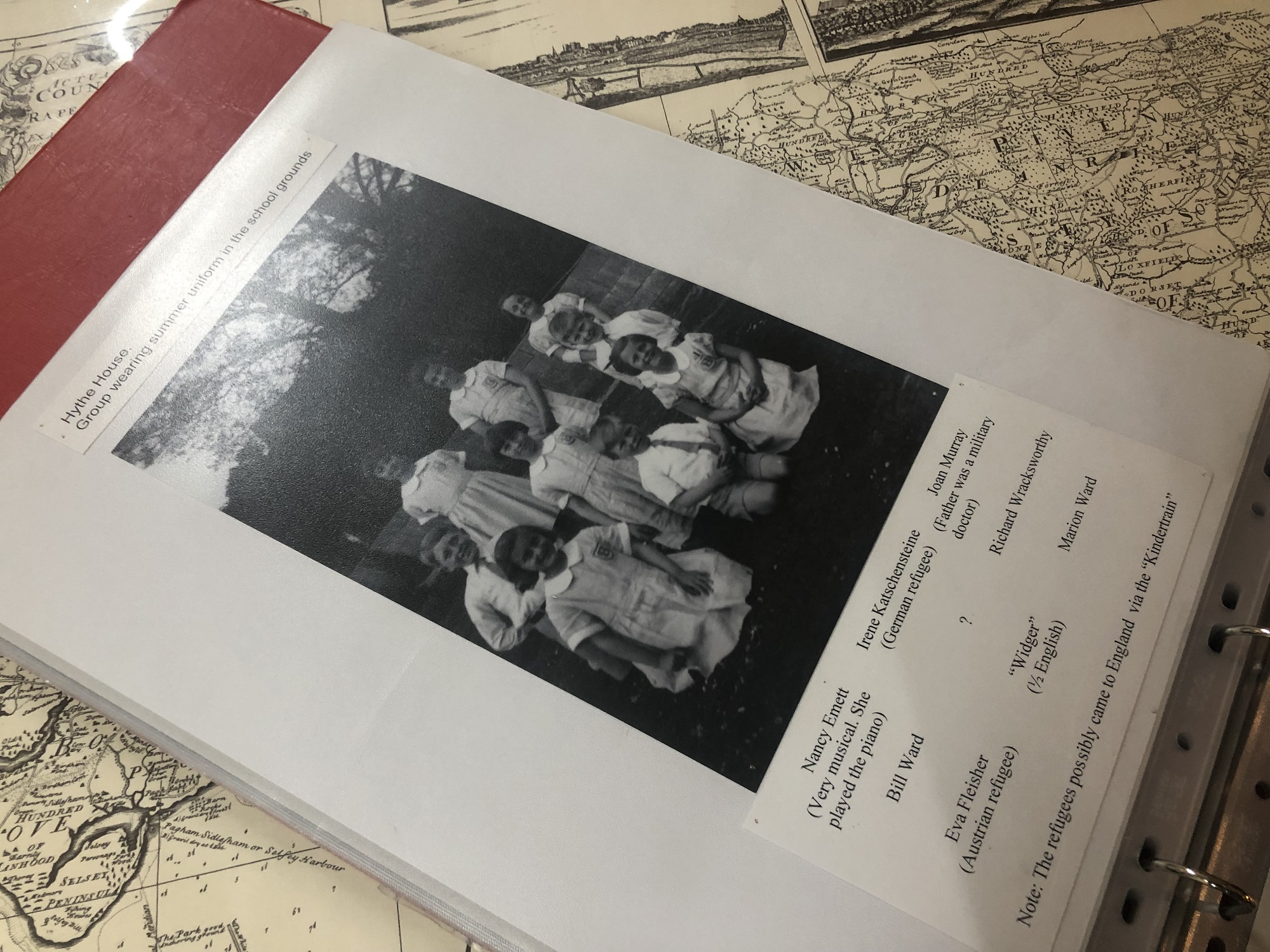
The photo is one of dozens archived by Museum volunteers documenting the scores of independent boarding schools founded in the town in the first half of the 20th century. But though the girls’ names are misspelt by memory & time there is enough detail in the caption to find their story in the many public archives founded to record the history of Hitler’s genocide against European Jews.
We now know that Eva and Irene were brought to the UK by the Kindertransport network, established in November 1938 in response to the Nazis’ organised day of violence against German Jews known as Kristallnacht. Thereafter, until war broke out, the British government allowed unaccompanied minors under 17 from Nazi controlled states to enter Great Britain as refugees.
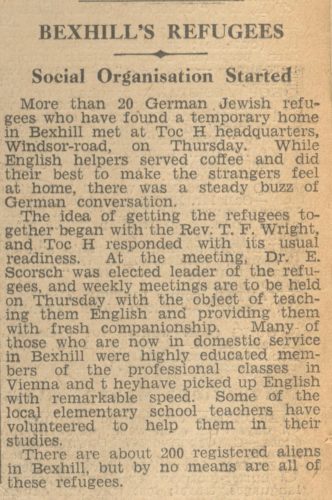
Around 10,000 children were thus saved from the concentration camps, though most of their parents perished, including Eva’s. Some came through Bexhill where German Jews had already found refuge. The people of Bexhill had already organised a committee to welcome Jewish refugees, led by the Reverend TF Wright and the town branch of the Toc H Christian humanitarian movement.
Temporary places were found for the children in local private boarding schools, with uniforms and other costs covered by quickly organised collections. Most eventually found foster homes. The stories of Eva and Irene are picked up by the records of the British Association of Jewish Refugees, World Jewish Relief, the US Holocaust Memorial Museum, Centre for German-Jewish Studies at the University of Sussex, and the Kindertransport Association.
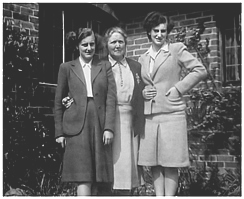
Both girls were initially supported by one of the grandees of British philosophy, Professor JH Muirhead, then 83 and in retirement in the village of Rotherfield, 22 miles north-west of Bexhill. They then ended up in the care of their shared foster-mother, Pauline Muirhead, with whom, as Irene later related, they founded family links that lasted three generations.
Both Irene’s parents escaped, and she was later reunited with both after the war in Chile, where her father had found his own refuge in 1939. Irene arrived, aged 10, from Berlin via Hamburg on the American liner SS Manhattan in January 1939. She eventually ended up in New York, working as a writer & translator, and later a MA student at Columbia University.
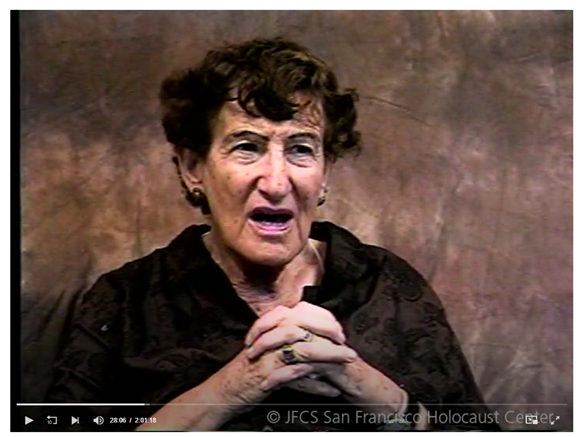
Setting off from Vienna, Eva arrived at Harwich, aged 8, on one of the earliest Kindertransport transfers, on 12 December 1938. Her parents did not survive. The US Holocaust Memorial reports that her mother Paula was deported to Minsk in German occupied Belarus on August 17, 1942 and murdered upon arrival. There is no detail on the fate of her father.
The records of the 2007 survey of Kindertransportees carried out by the Association of Jewish Refugees and held by World Jewish Relief, report that Eva later trained as a nurse and midwife in London, married in Brighton in 1955 and had two children and three grandchildren. Some family records, including photos of Eva in Vienna in 1938, have been left with the US Holocaust memorial.
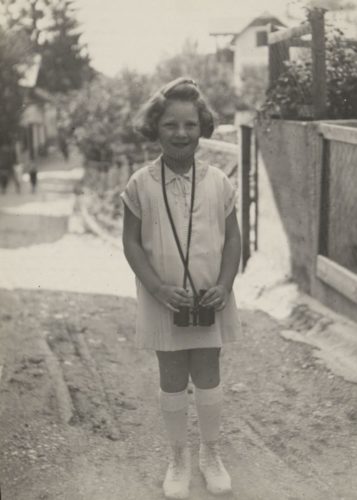
The Holocaust Memorial Day Trust (HMDT) encourages remembrance in a world scarred by genocide. They promote and support Holocaust Memorial Day (HMD) – the international day on 27 January to remember the six million Jews murdered during the Holocaust, alongside the millions of other people killed under Nazi persecution of other groups and in genocides that followed in Cambodia, Rwanda, Bosnia and Darfur. 27 January marks the anniversary of the liberation of Auschwitz-Birkenau, the largest Nazi death camp. You can learn more here.
About the Kindertransports
From the US Holocaust Memorial Museum
The first Kindertransport arrived in Harwich, Great Britain, on December 2, 1938. It brought some 200 children from a Jewish orphanage in Berlin which had been destroyed in the Kristallnacht pogrom. Most transports left by train from Berlin, Vienna, Prague, and other major cities in central Europe. Children from smaller towns and villages travelled from their homes to these collection points in order to join the transports.
Jewish organisations within the Greater German Reich (which in 1938 included Germany, Austria, and the Sudetenland) planned the transports. These organisations were the Reich Representation of Jews in Germany, headquartered in Berlin; after early 1939, its successor organisation the Reich Association of Jews in Germany; and the Jewish Community Organisation (Kultusgemeinde) in Vienna. They generally favoured children whose emigration was urgent because their parents were in concentration camps or were no longer able to support them. They also gave priority to homeless children and orphans.
Children chosen for a Kindertransport convoy travelled by train to ports in Belgium and the Netherlands, from where they sailed to Harwich. At least one of the early transports left from the port of Hamburg in Germany. Some children from Czechoslovakia (which was dismantled by Germany between September 1938 and March 1939) were flown by plane directly to Britain. The last transport from Germany left on September 1, 1939, just as World War II began. The last transport from the Netherlands left for Britain on May 14, 1940, the same day that the Dutch army surrendered to German forces.
Read more here.
